November 8, 2024 · 9 min read
How Centralized Platforms Improve Stakeholder Engagement in University Meetings

Shaimaa Badawi
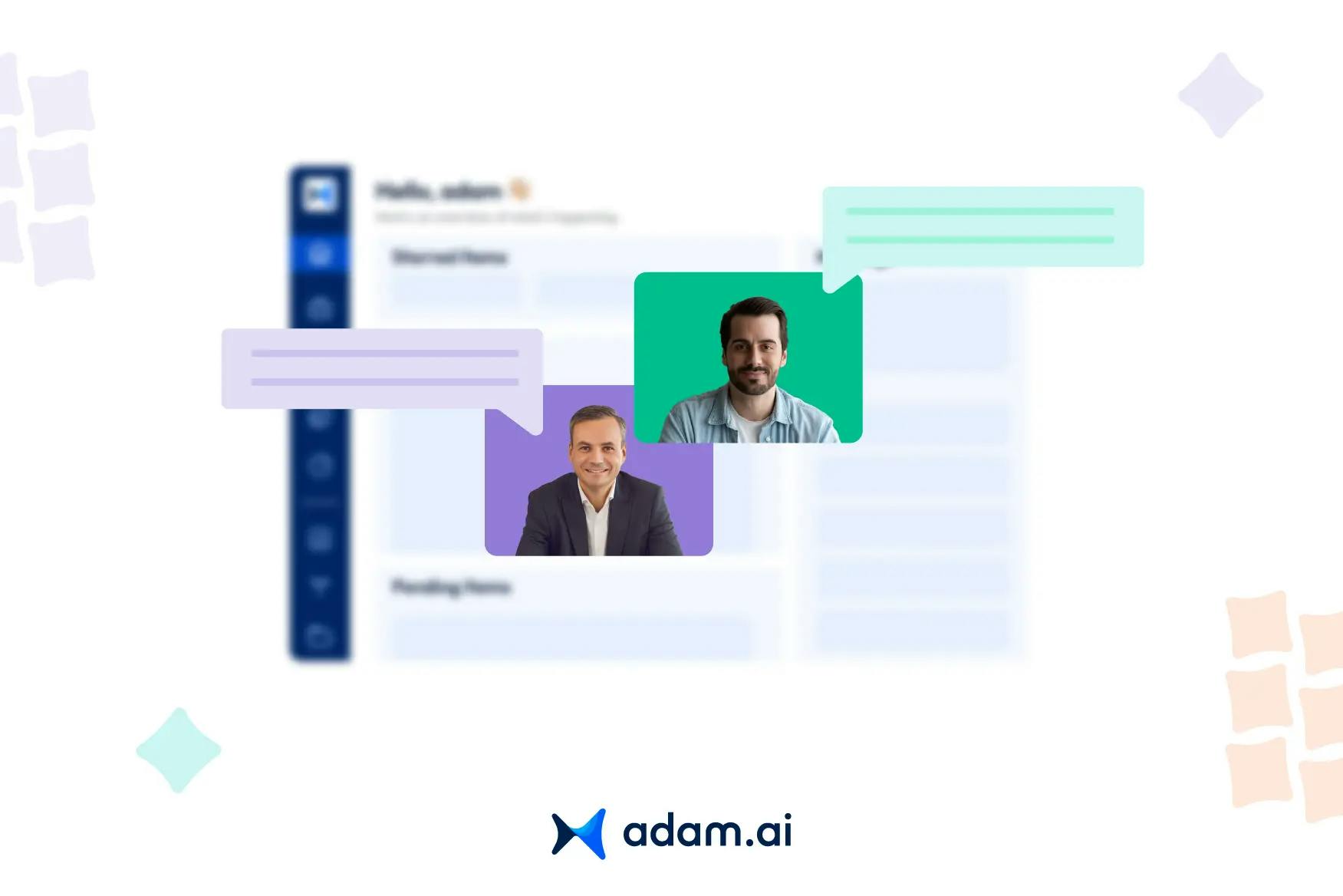
Stakeholder engagement is the backbone of effective university governance, fostering collaboration among faculty, students, administrators, and external partners. However, ensuring meaningful participation across diverse groups can be a challenge without the right tools.
In this article, we’ll explore the challenges of stakeholder engagement in universities, the role of centralized platforms in overcoming these hurdles, and how modern tools are setting new standards for collaboration and accountability in academic settings.
What is stakeholder engagement in university settings?
Stakeholder engagement in university settings refers to the collaborative process of involving individuals or groups who have a vested interest in the institution's goals, policies, or operations. These stakeholders include faculty, students, administrative staff, alumni, industry partners, and even government bodies, all of whom play a crucial role in shaping the university's success.
This engagement involves open communication, consultation, and active participation to align diverse perspectives and needs. For instance, when planning new academic programs or infrastructure, universities consult faculty for expertise, students for preferences, and industry partners for future workforce requirements.
Effective stakeholder engagement goes beyond consultation; it fosters trust, transparency, and shared decision-making. In a university, this can manifest through collaborative committees, participatory governance, and frequent feedback mechanisms that ensure stakeholders feel valued and heard. Ultimately, it helps universities address challenges, seize opportunities, and create an environment where everyone works toward common goals.
Why is stakeholder engagement critical for university meetings?
Stakeholder engagement is crucial for university meetings because it ensures that decisions are inclusive, well-informed, and aligned with the diverse interests of the institution’s community.
Universities are composed of various groups, including faculty, students, administrators, alumni, and external partners, all of whom bring unique perspectives and expertise. Engaging these stakeholders in meetings fosters collaboration and ensures that decisions reflect the institution’s shared goals.
When stakeholders are actively involved, decisions are more transparent and credible, building trust and encouraging participation. This engagement also enhances the quality of discussions, as diverse viewpoints help identify potential challenges and innovative solutions.
Furthermore, involving stakeholders ensures that resources are allocated effectively, priorities are aligned, and implementation becomes smoother with broader support. Ultimately, stakeholder engagement transforms university meetings into dynamic platforms for collaboration, strengthening the institution’s ability to adapt and thrive.
What challenges do universities face in engaging diverse stakeholders?
Engaging diverse stakeholders in university settings comes with several challenges due to the complexity and variety of perspectives involved. Here are the key obstacles:
- Conflicting priorities: Different stakeholder groups, such as faculty, students, and administrators, often have varying goals and concerns. Balancing these priorities can lead to disagreements and slow decision-making.
- Communication barriers: Miscommunication or lack of clear channels can result in misunderstandings. For instance, students might feel excluded from discussions, while external partners may perceive a lack of transparency.
- Time constraints: Faculty and administrators often have demanding schedules, making it challenging to find mutually convenient times for engagement.
- Stakeholder disengagement: Some stakeholders may feel their input is undervalued, leading to apathy or resistance to participation.
- Limited resources: Universities may lack the technological tools, manpower, or funding needed to facilitate meaningful and consistent engagement with all stakeholders.
- Cultural and institutional differences: Diverse cultural and institutional backgrounds can create varying expectations about engagement processes, requiring careful consideration to avoid misalignment.
- Resistance to change: Stakeholders may hesitate to adopt new systems or processes that aim to enhance engagement, especially when unfamiliar technologies or methods are involved.
How do centralized platforms transform stakeholder collaboration in university meetings?
Centralized platforms revolutionize stakeholder collaboration in university meetings by creating a unified space for communication, coordination, and decision-making. Here’s how they drive transformation:
1. Improved accessibility and inclusivity
Centralized platforms enable all stakeholders, whether on-campus or remote, to participate equally in meetings. Features like video conferencing, shared documents, and live updates ensure that no one is left out, fostering inclusivity.
2. Streamlined communication
With centralized systems, stakeholders have access to a single source of truth. Meeting agendas, notes, and updates are stored in one place, eliminating the confusion of scattered emails or disconnected conversations.
3. Efficient scheduling and coordination
Advanced platforms automate scheduling by analyzing participant availability and time zones. This reduces the time spent coordinating meetings and ensures high attendance rates.
4. Real-time collaboration
Stakeholders can collaborate during meetings using tools like shared digital whiteboards, live polls, and document editing. This real-time interaction enhances engagement and speeds up decision-making.
5. Enhanced accountability
Centralized platforms track meeting outcomes, action items, and deadlines. Stakeholders can monitor their responsibilities and follow progress, ensuring that decisions are implemented effectively.
6. Data-driven insights
Built-in analytics dashboards provide insights into participation rates, meeting outcomes, and action item completion. These metrics help universities identify bottlenecks and improve their governance processes.
7. Cross-departmental alignment
By linking meetings to broader institutional goals and projects, centralized platforms ensure that decisions align across departments, reducing silos and fostering collaboration.
How can AI-powered tools enhance communication in academic governance?
AI-powered tools revolutionize communication in academic governance by automating processes, providing real-time insights, and fostering transparent and inclusive dialogue. Here’s how they enhance communication:
- Streamlined meeting preparation: AI generates structured agendas by analyzing past meeting topics and ongoing institutional priorities, ensuring that meetings are focused and well-prepared.
- Real-time transcription and translation: AI tools provide live transcription and language translation, enabling diverse stakeholders to follow discussions and contribute effectively, regardless of linguistic or auditory challenges.
- Automated meeting minutes: AI captures and summarizes key discussion points, decisions, and action items in real time, reducing the manual workload and ensuring accuracy.
- Personalized notifications and reminders: AI ensures that stakeholders are informed about upcoming meetings, pending tasks, and deadlines through smart reminders tailored to their roles and responsibilities.
- Data-driven insights: AI analyzes meeting trends, attendance patterns, and communication gaps, offering actionable insights to improve governance processes.
- Conflict resolution support: By analyzing meeting discussions, AI can identify recurring issues and suggest resolution strategies, fostering productive and harmonious interactions.
- Improved accessibility: AI enhances inclusivity by providing closed-captioning, summarization for stakeholders unable to attend, and adaptive interfaces for different user needs.
- Enhanced decision-making: With real-time access to institutional data and predictive analytics, AI helps stakeholders make informed, evidence-based decisions.
How do centralized platforms enhance stakeholder engagement in decision-making?
Centralized platforms strengthen stakeholder engagement in decision-making by creating an inclusive and transparent environment where all voices can contribute effectively. Here’s how they facilitate meaningful engagement:
1. Inclusive participation
These platforms enable stakeholders, regardless of location or role, to participate in meetings through virtual access, shared documents, and real-time collaboration features. This inclusivity ensures diverse perspectives are considered.
2. Transparent decision processes
By documenting meeting agendas, discussions, and outcomes, centralized platforms provide stakeholders with a clear view of the decision-making process, promoting trust and collaboration.
3. Interactive tools
Features like live polling, voting, and comment threads allow stakeholders to share their opinions and influence decisions directly during meetings. This active involvement fosters a sense of ownership and commitment.
4. Data-driven insights
Platforms equipped with analytics dashboards provide stakeholders with real-time data on institutional performance and meeting outcomes. This helps them make informed contributions during discussions.
5. Improved follow-through
Centralized systems track assigned tasks and decisions, ensuring stakeholders are updated on progress and outcomes. This accountability builds confidence in the institution’s governance.
6. Feedback loops
Stakeholders can review meeting outcomes, provide feedback, and suggest improvements through integrated tools, ensuring continuous engagement and alignment with institutional goals.
How can universities measure the success of stakeholder engagement initiatives?
Measuring the success of stakeholder engagement initiatives in universities involves evaluating both quantitative and qualitative outcomes. Here are key approaches to assess effectiveness:
- Participation rates: Track the number of stakeholders actively involved in meetings, workshops, or consultations. High attendance and engagement levels indicate effective outreach and interest.
- Feedback and satisfaction surveys: Conduct surveys to gather insights on stakeholders’ perceptions of the engagement process. Positive feedback on inclusivity, transparency, and impact signifies successful initiatives.
- Achievement of objectives: Evaluate whether the engagement initiatives led to the intended outcomes, such as policy improvements, program development, or resource allocation decisions.
- Follow-through on action items: Monitor the completion of tasks and decisions derived from stakeholder meetings. A high rate of follow-through demonstrates accountability and trust in the process.
- Quality of communication: Analyze the clarity, accessibility, and timeliness of information shared with stakeholders. Effective communication fosters trust and builds stronger relationships.
- Diversity and inclusivity: Assess the representation of different stakeholder groups in engagement activities. Ensuring participation from various demographics, departments, and roles reflects a comprehensive approach.
- Long-term impact: Measure how engagement efforts influence institutional governance, stakeholder trust, and alignment with strategic goals over time.
What features make centralized platforms ideal for stakeholder engagement?
Centralized platforms are equipped with features that cater to the complexities of stakeholder engagement in university settings, making them essential for fostering collaboration and transparency. Here are the key features:
1. Unified data repository
Centralized platforms store meeting agendas, minutes, and related documents in one location, ensuring all stakeholders have access to the latest information.
2. Real-time collaboration tools
Features like live polls, interactive whiteboards, and shared editing capabilities allow stakeholders to actively participate during meetings, enhancing engagement and decision-making.
3. Customizable agendas
The ability to create detailed and structured agendas helps keep meetings focused and ensures all stakeholder priorities are addressed efficiently.
4. Automated tracking of action items
Platforms track assigned tasks, deadlines, and progress, holding stakeholders accountable and ensuring that decisions lead to actionable outcomes.
5. Analytics and reporting dashboards
Built-in analytics provide insights into stakeholder participation, meeting effectiveness, and task completion rates, enabling universities to identify areas for improvement.
6. Integration capabilities
Centralized platforms integrate with existing tools like project management software, email, and calendars, streamlining workflows and reducing administrative overhead.
7. Enhanced security
These platforms ensure data privacy and secure access controls, protecting sensitive information and building trust among stakeholders.
How does adam.ai support stakeholder engagement in university meetings?
adam.ai enhances stakeholder engagement in university meetings by offering features that promote inclusivity, transparency, and collaboration. Here's how specific functionalities support effective stakeholder participation:
- Agenda builder: Crafting detailed agendas with assigned speakers and time slots ensures that all stakeholder concerns are addressed systematically. This structured approach facilitates focused discussions and encourages active participation from diverse groups.
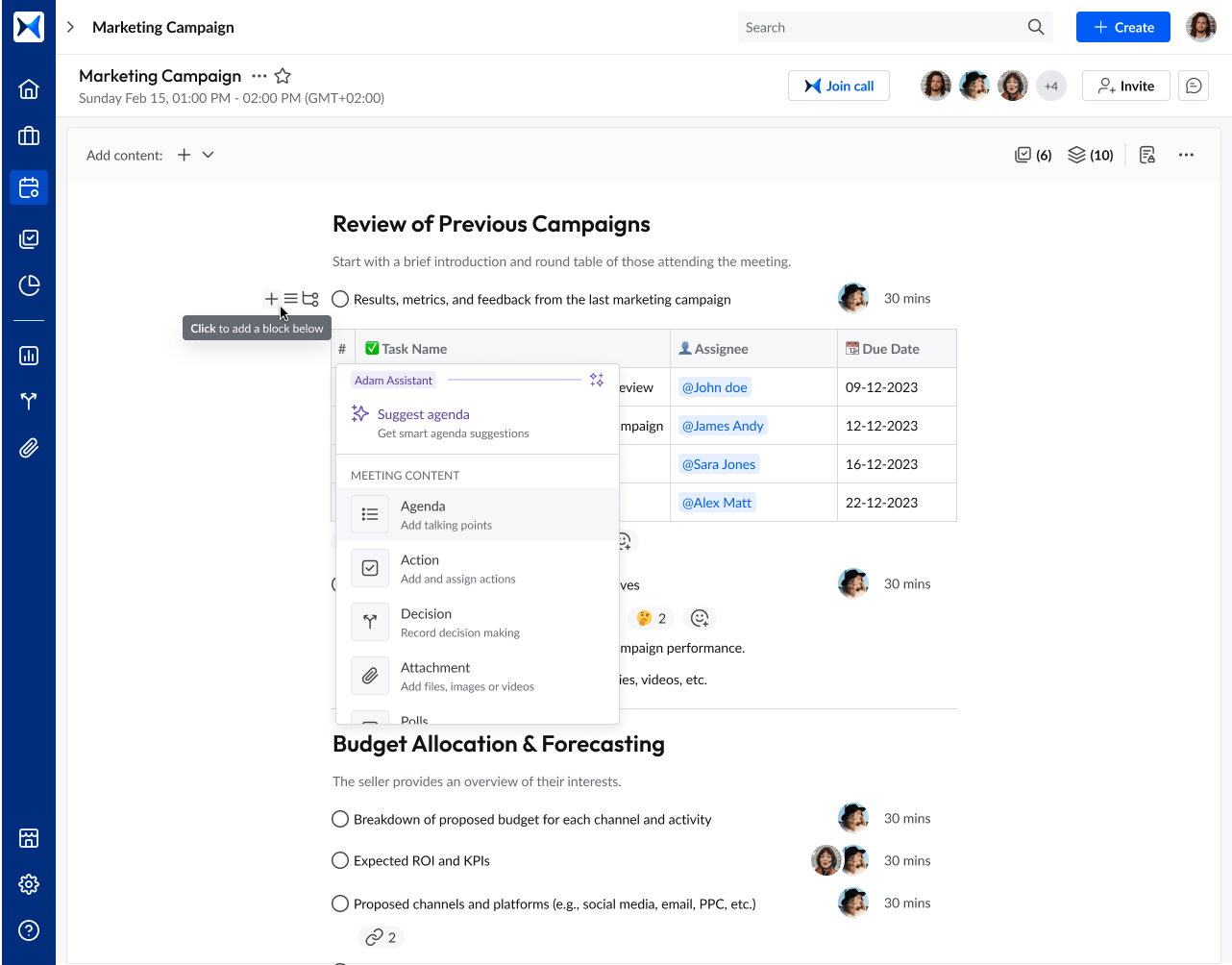
- Real-time collaboration: Features like live polls, decision recording, and interactive cross-references enable stakeholders to engage actively during meetings. This fosters a collaborative environment where every voice is heard, enhancing collective decision-making.
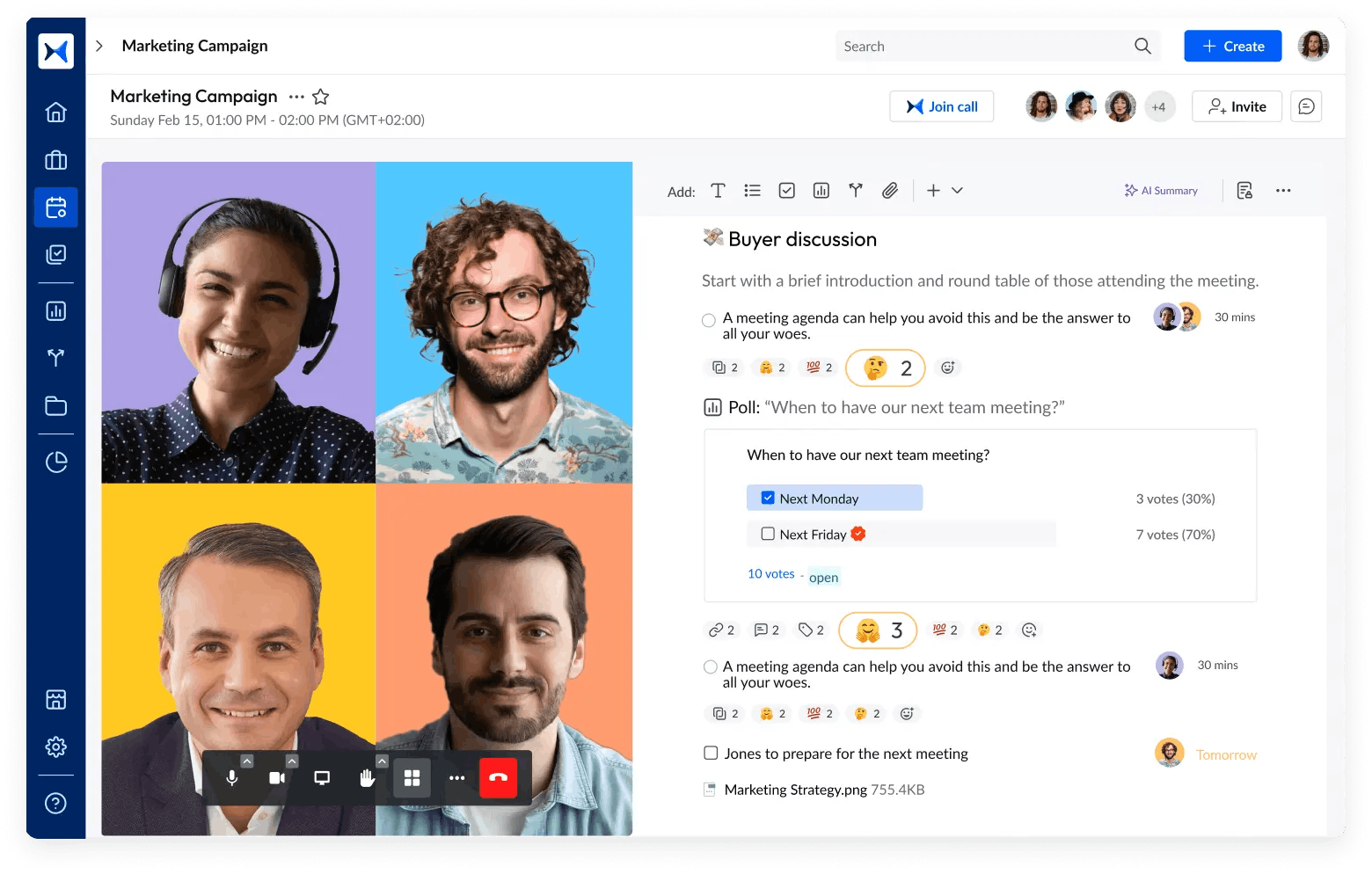
- Action management: Assigning, delegating, and tracking actions with priority levels and descriptions ensures that stakeholders are accountable for their commitments. This transparency in follow-up actions builds trust and keeps all parties informed about progress.
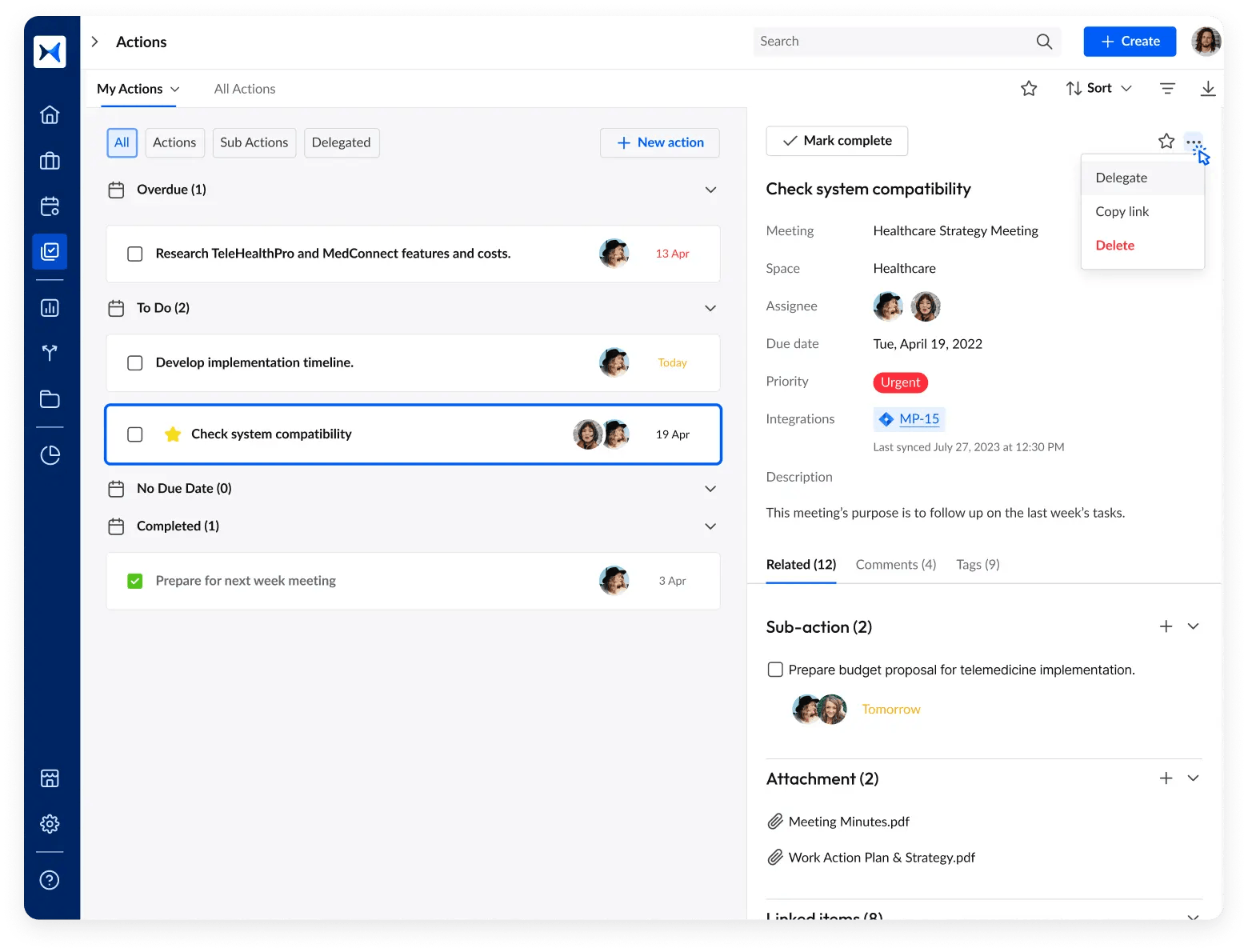
- Minutes and approval cycle: Generating, commenting on, and sharing meeting minutes with attendees allows stakeholders to review and approve content, ensuring accuracy and mutual understanding. This process reinforces transparency and collective ownership of decisions.
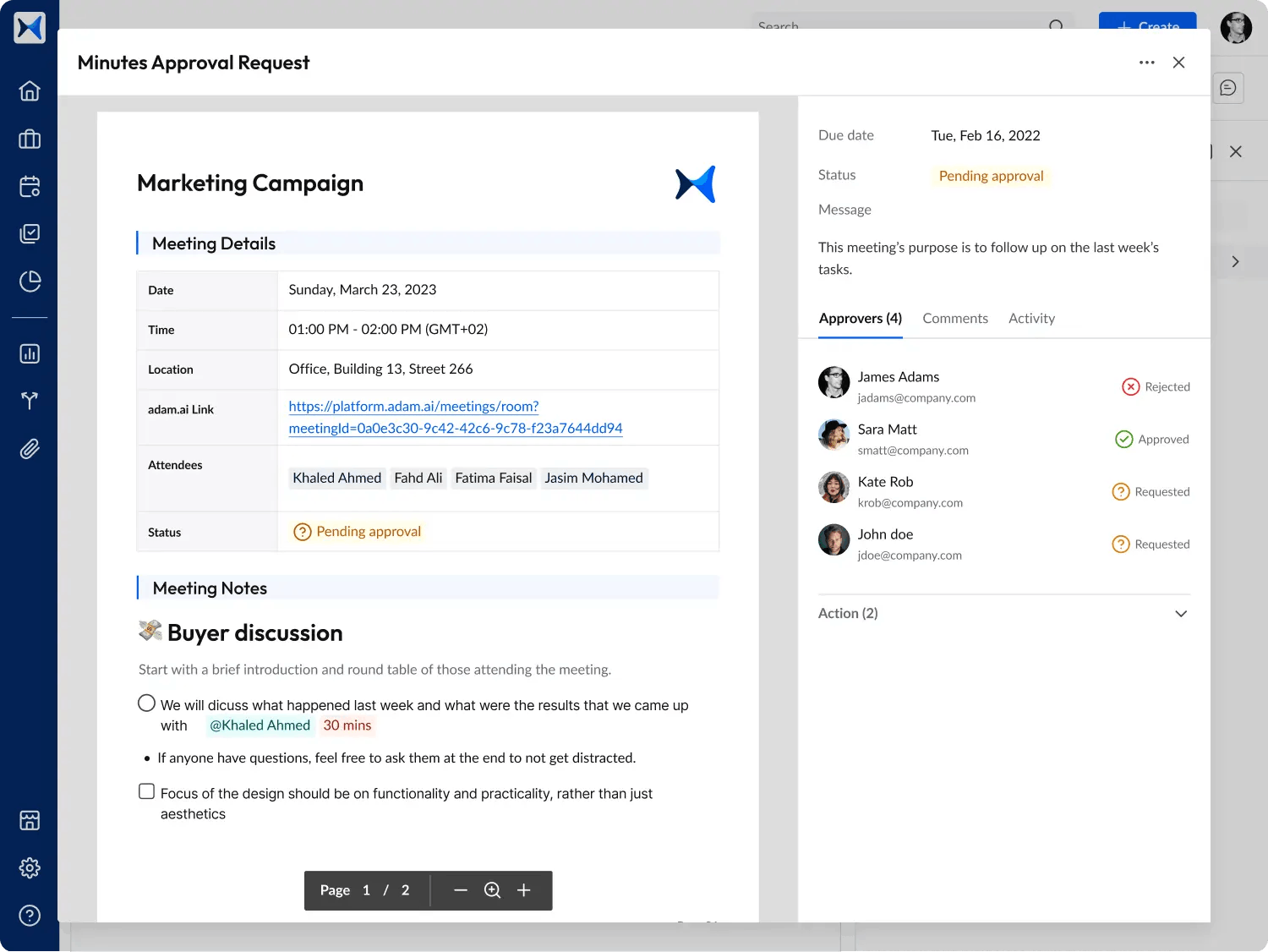
- Multi-space management: Organizing meetings by projects, teams, committees, or boards provides stakeholders with a clear overview of all related meetings and actions. This clarity enhances engagement by allowing stakeholders to stay informed and involved in relevant areas.
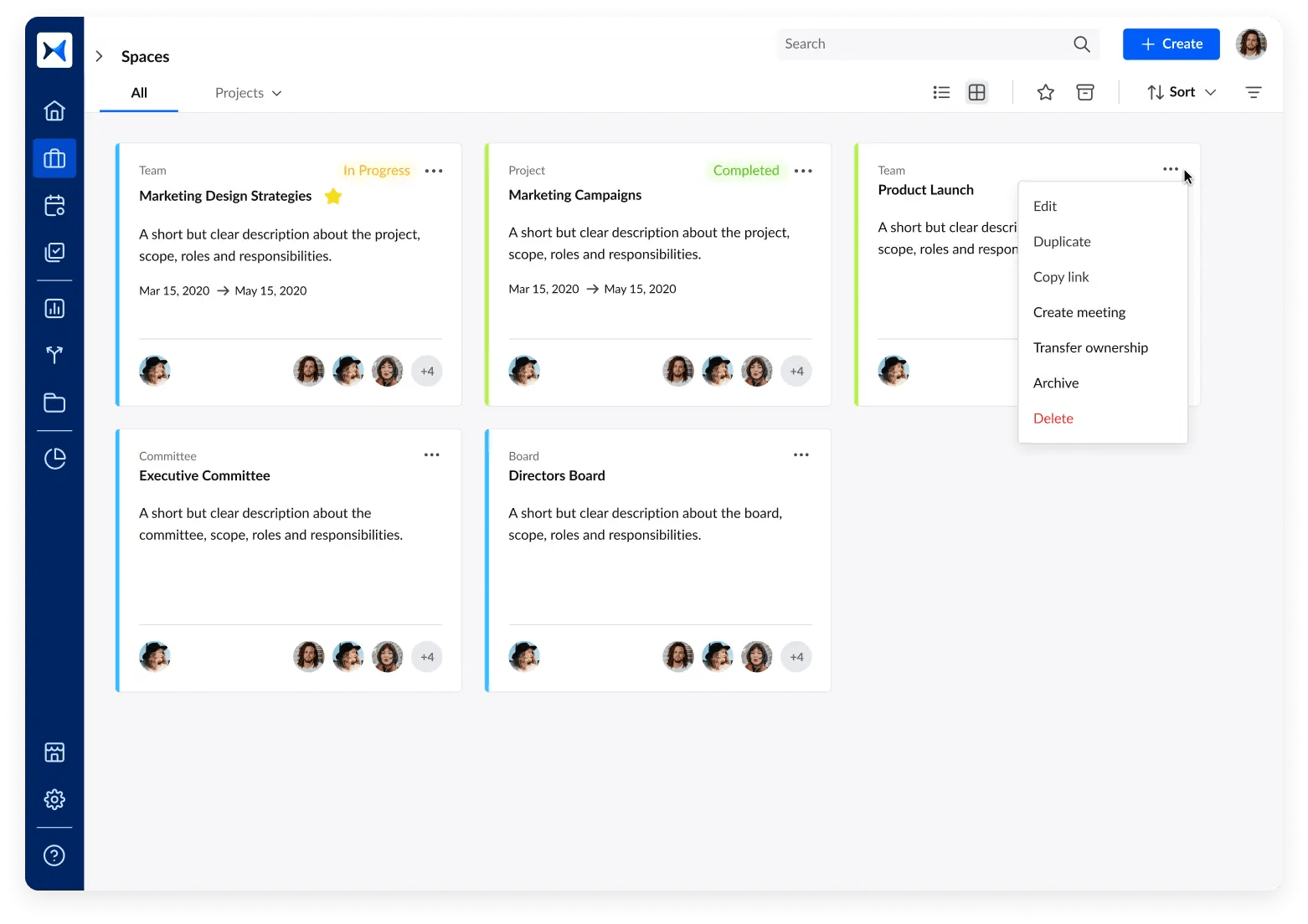
Transform how you conduct critical meetings—From meticulous preparation to effective execution and insightful follow-up, adam.ai integrates comprehensive analytics, full customization, and intuitive interfaces with powerful meeting management tools.
Easy onboarding. Enterprise-grade security. 24/7 dedicated support.
The bottom line
Centralized platforms have redefined stakeholder engagement in university meetings by bridging communication gaps, streamlining processes, and empowering every participant. With features like agenda management, real-time collaboration, and action tracking, these tools ensure that every voice matters and decisions drive positive change for the institution.
And while there may be multiple solutions available, here is why adam.ai is the meeting management software platform you can trust:
- adam.ai is one of Atlassian Ventures' portfolio companies.
- In the meeting management software category on G2, adam.ai has been ranked a leader and a high performer for successive quarters in the past years.
- adam.ai has been included in the Forrester Report in the AI-enabled meeting technology landscape.
- adam.ai is trusted and used by powerful teams and organizations worldwide for all types of critical meetings, like board, committee, project management, and business development meetings.
- And most importantly, adam.ai integrates with your existing workflow, is SOC2 compliant, provides dedicated support and success, and has a free trial option.
Subscribe to adam.ai blog
Stay ahead with the latest insights—get our newest blog posts, tips, and updates sent straight to your inbox.